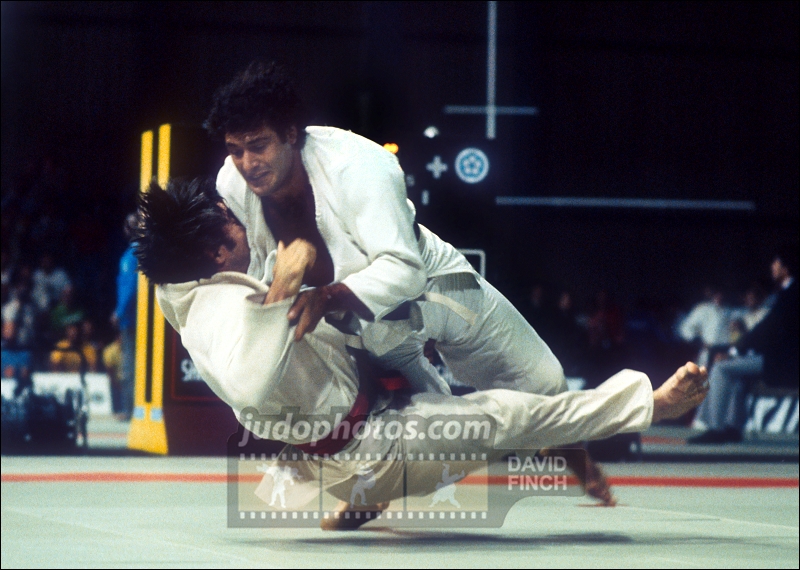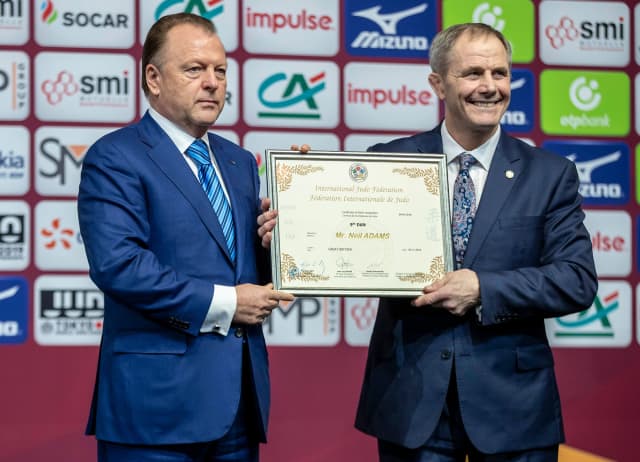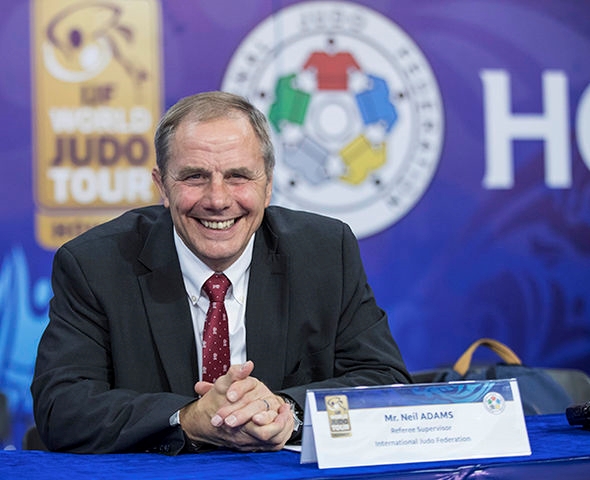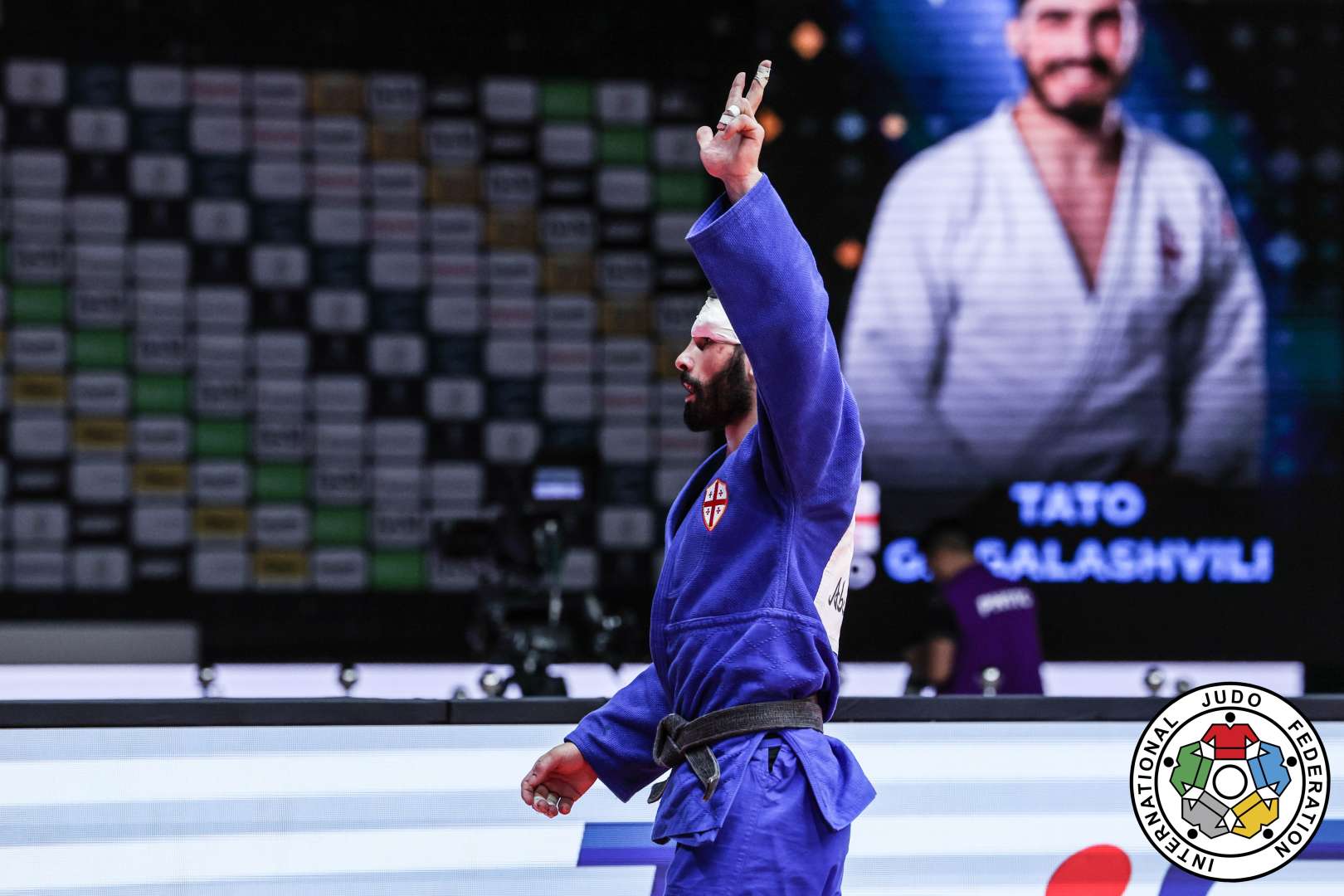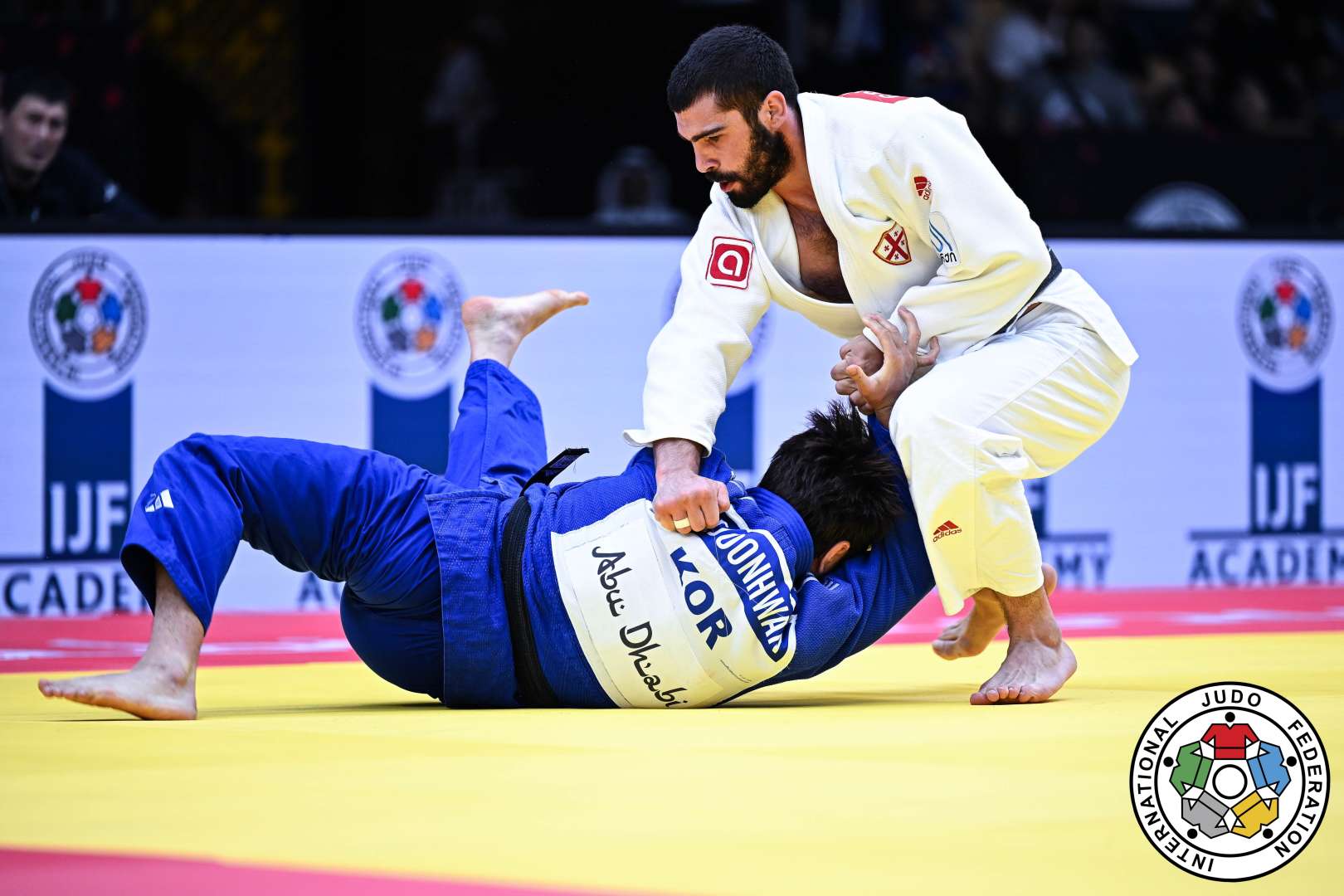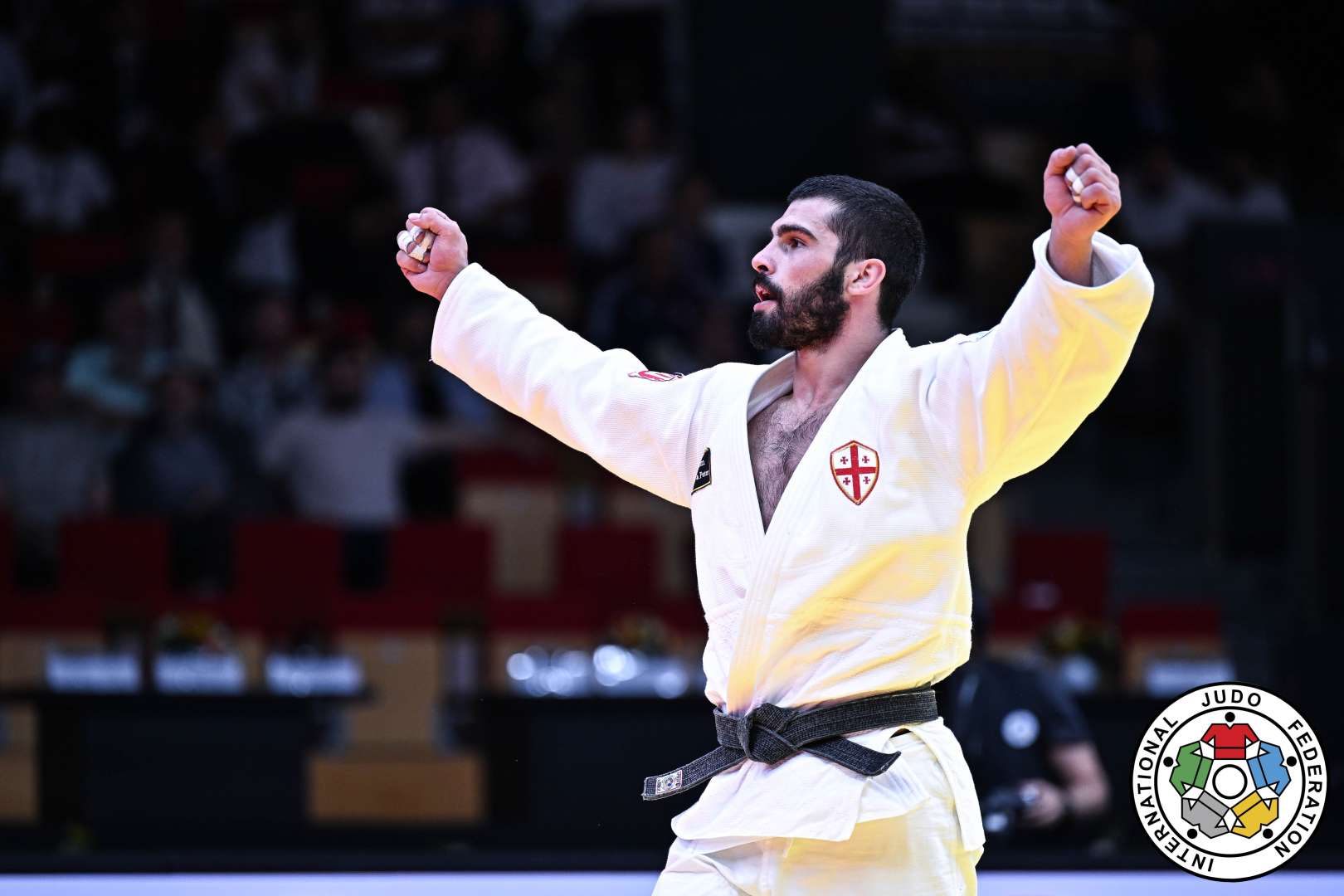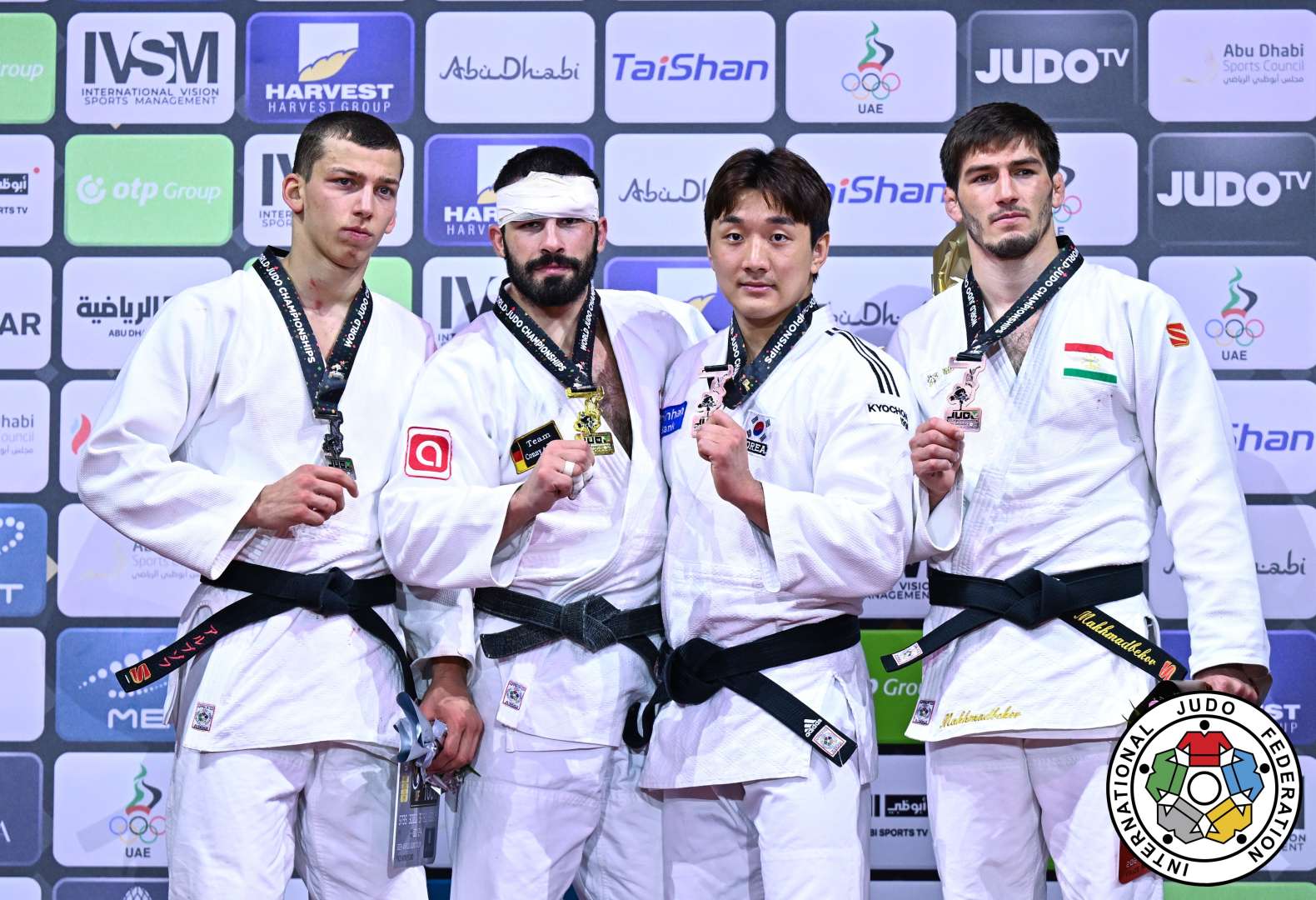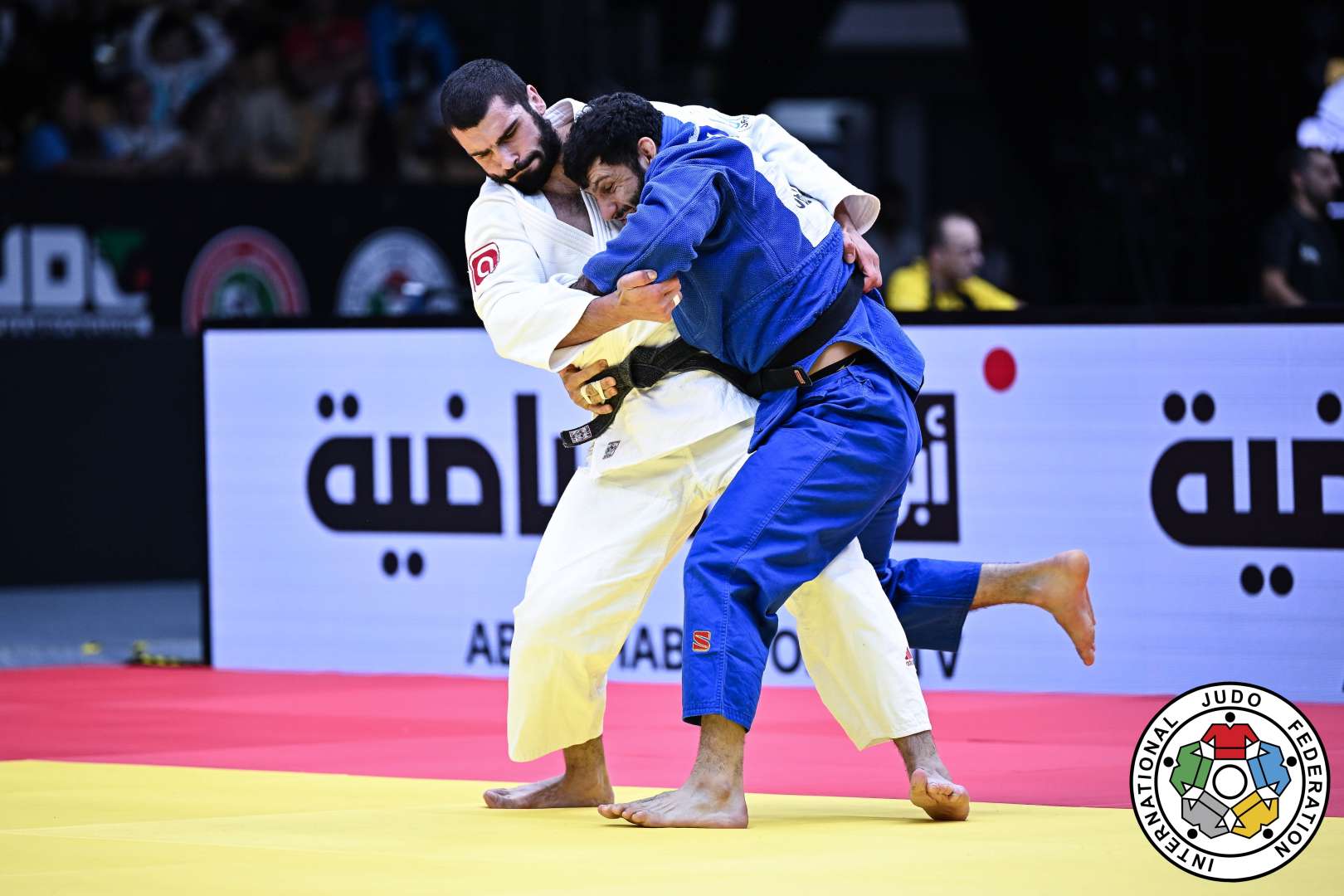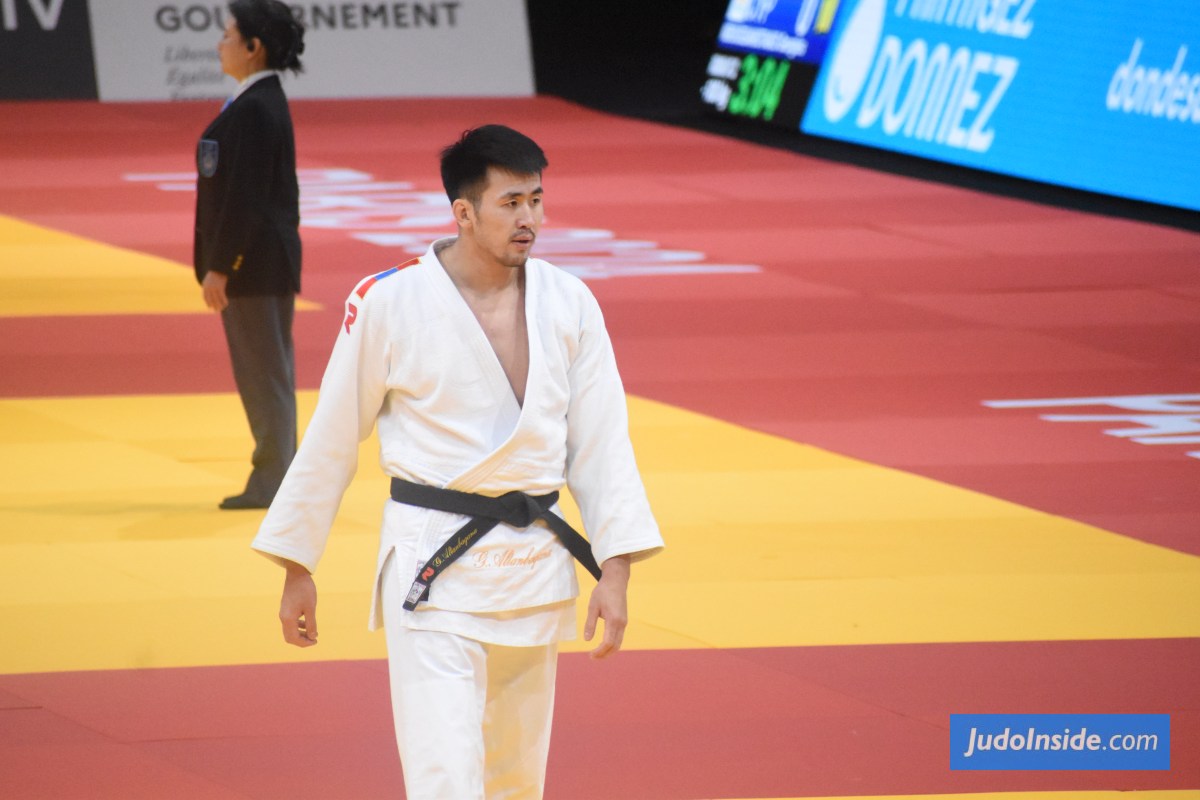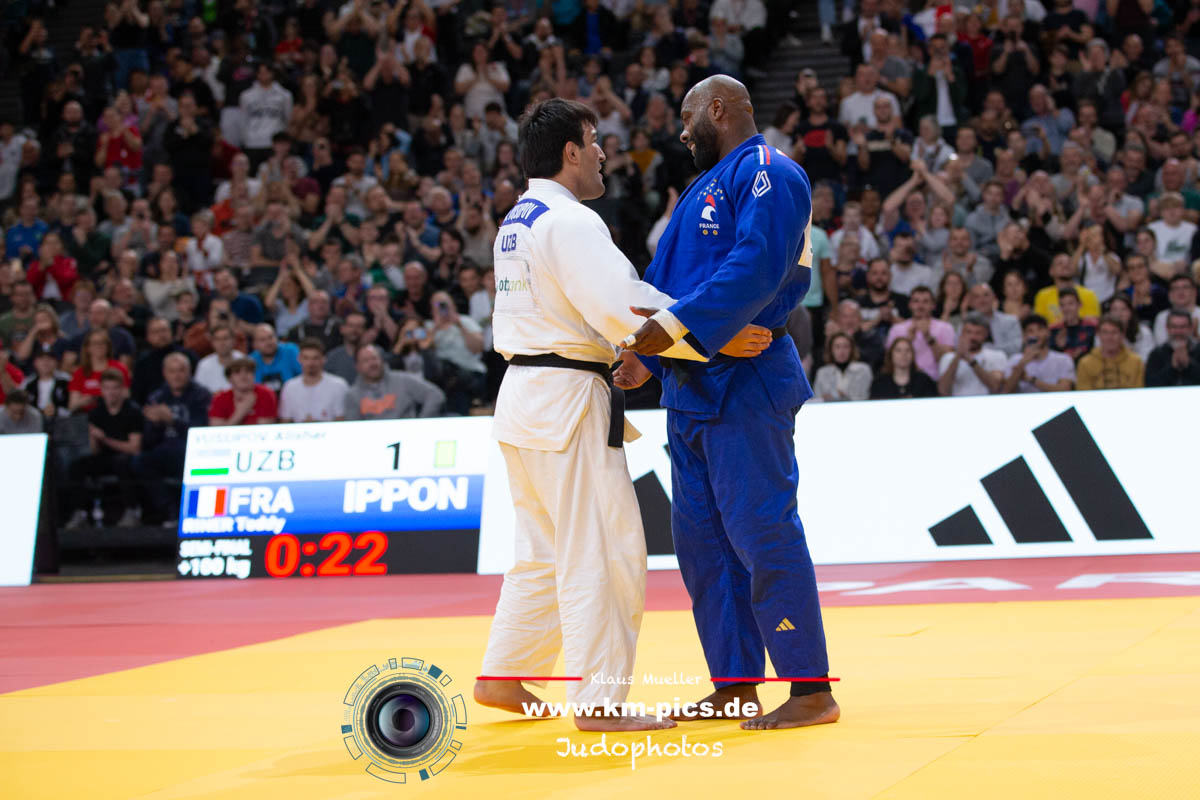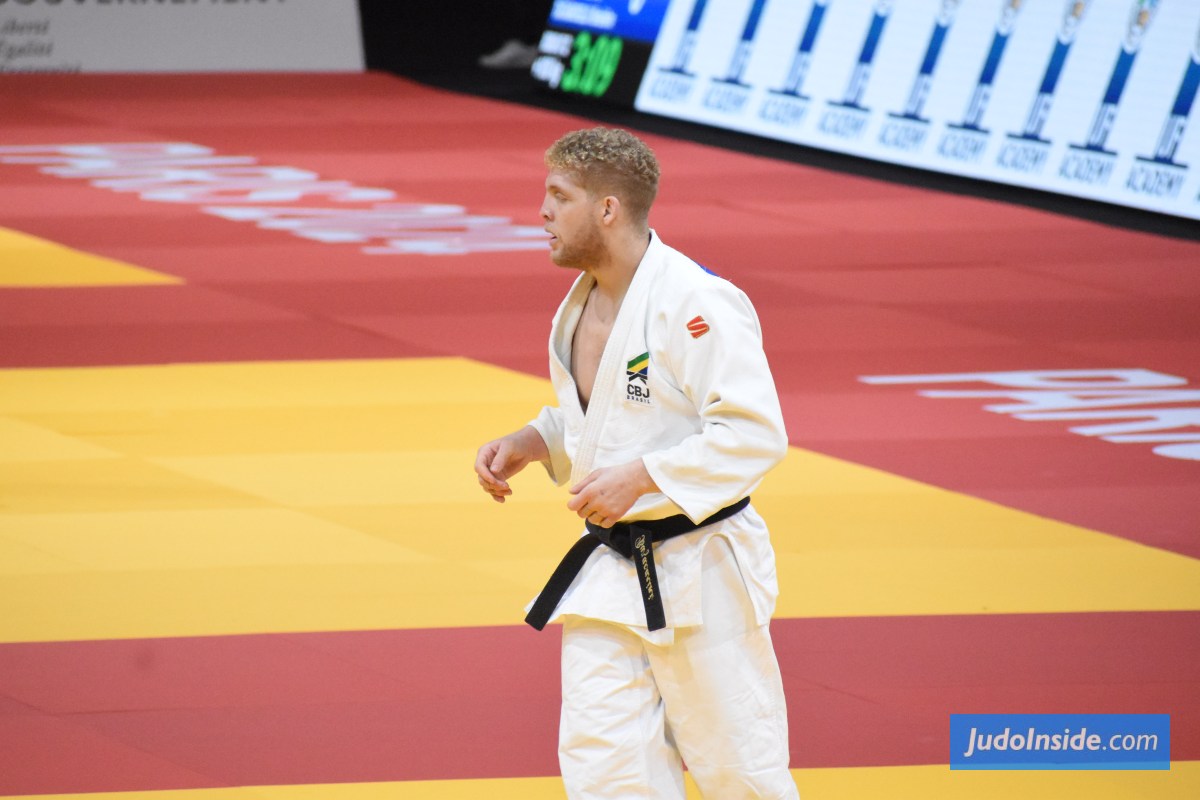The signature standing seoi-nage of Bernard Tchoullouyan

 13 Apr 2022 09:30
13 Apr 2022 09:30
 by JudoCrazy and JudoInside
by JudoCrazy and JudoInside
 David Finch / Judophotos.com
David Finch / Judophotos.com
There is a form of standing ippon-seoi-nage which is common referred to as the “split-hip seoi-nage” made famous by the late, great Toshihiko Koga, where tori inserts his driving leg deep in between uke’s legs. Bernard Tchoullouyan was the one who had a signature standing shoulder throw, people may have forgotten him, time to give the 1981 World Champion credits.
Tchoullouyan would go on to become a successful coach and among the players he helped train were the great Olympic and triple World Champion Lucie Decosse and World Champion Morgane Ribout. He died of a heart attack in early 2019 after returning from a run. Tchoullouyan was 65 years old at the time.
This version of standing seoi is favored by the likes of Masashi Ebinuma and Soichi Hashimoto, two World Champions who also like to insert their driving legs in between their opponents’ legs when doing standing ippon-seoi-nage.
While many associate this peculiar style to Koga, who came to prominence in the late 80s and early 90s, this version of standing ippon-seoi-nage was already being used by another champion nearly a decade earlier: Bernard Tchoullouyan of France.
Tchoullouyan gripped right-handed but threw off the lapel side, to the left. Years later, Koga would apply the same principle except he gripped left-handed and threw off the lapel side to the right. The distinctive feature of this type of standing seoi-nage is how tori would insert his driving leg deep in between uke’s leg. Tchoullouyan would insert his left leg, while Koga would insert his right. Their approach to standing seoi-nage was almost identical except they threw to different sides.
Tchoullouyan got his first major medal in 1974 when he won bronze at the prestigious Tournoi de Paris. He became the -78kg World Silver Medalist in 1979 when he lost to the great drop morote-seoi-nage specialist Shozo Fujii, who won the last of his four World titles that year. Tchoullouyan went on to collect an Olympic bronze medal in Moscow the following year.
His best year was 1981, when Tchoullouyan moved up a weight class to -86kg. That year, he won the Tournoi de Paris for the first time. Throughout his career Tchoullouyan had won five European medals. He never once won gold although he came close to it in 1981 when he got silver, losing to the Soviet pick-up specialist David Bodaveli.
Tchoullouyan would beat Bodaveli when it really mattered though. Back in the day, there was no seeding, and as it turned out, his first match in the 1981 Maastricht World Championships was against none other than Bodaveli. It's dangerous to try standing ippon-seoi-nage against a pick-up specialist like Bodaveli so Tchoullouyan relied on a surprise ouchi-gari instead.
He would go on to face Japan’s uchimata specialist Seiki Nose in the final. It was a close match where Tchoullouyan repeatedly tried his famous seoi-nage. He failed to score but his efforts paid off in the end when it came time for the hantei. He was the more aggressive player and for that, he became World Champion.
Watch highlights of Tchoullouyan's final match against Nose at the 1981 World's below
 like
like
 share
share
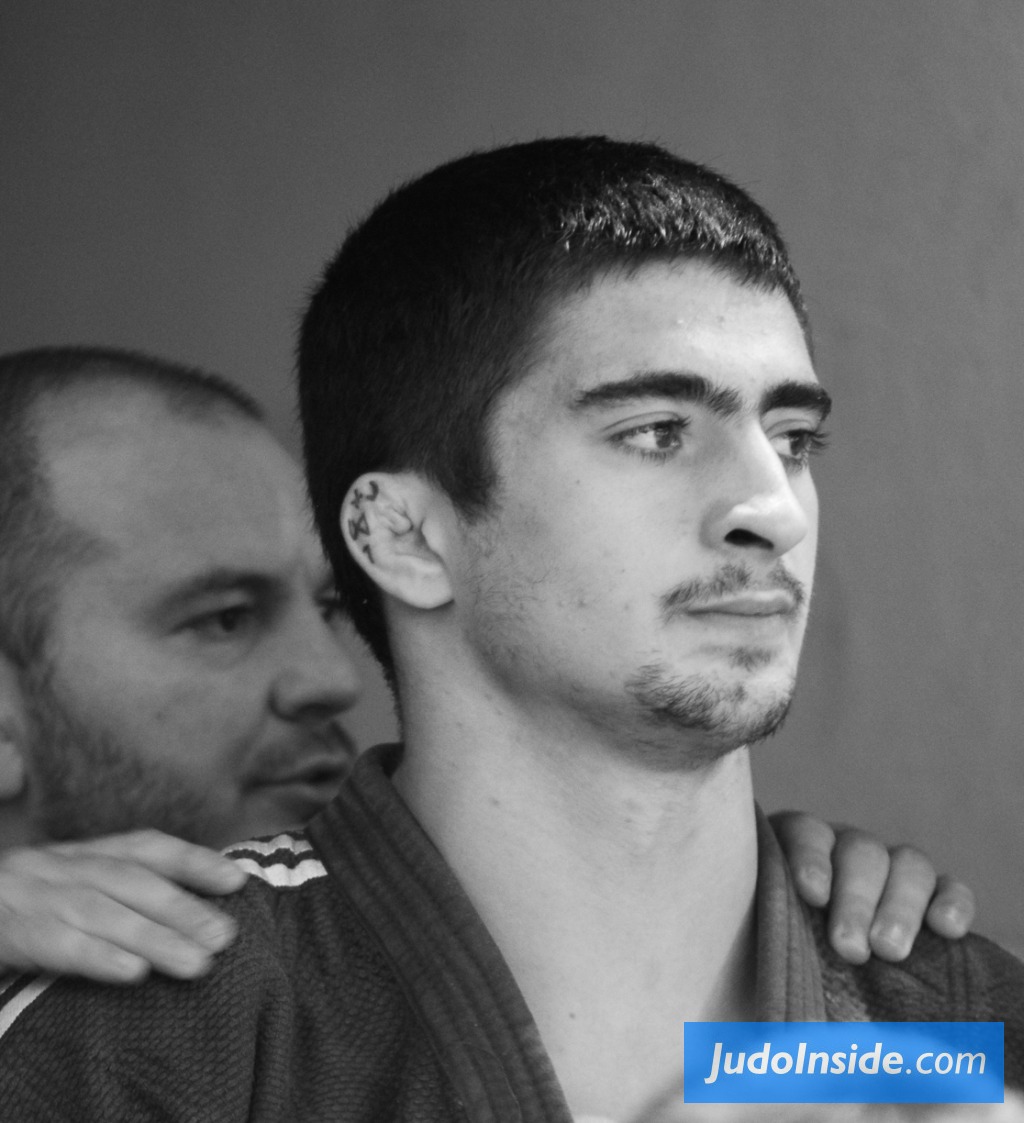
| Result | City | Date |
|---|---|---|
| 1 | Abu Dhabi | 21 May |
| 1 | Zagreb | 26 Apr |
| 3 | Belgrade | 2023 |
| 2 | Montpellier | 2023 |
| 3 | Budapest | 2023 |
| Result | City | Date |
|---|---|---|
| 1 | Tashkent | 2 Mar |
| 1 | Paris | 3 Feb |
| 1 | Budapest | 2023 |
| 2 | Tokyo | 2023 |
| 5 | Montpellier | 2023 |
